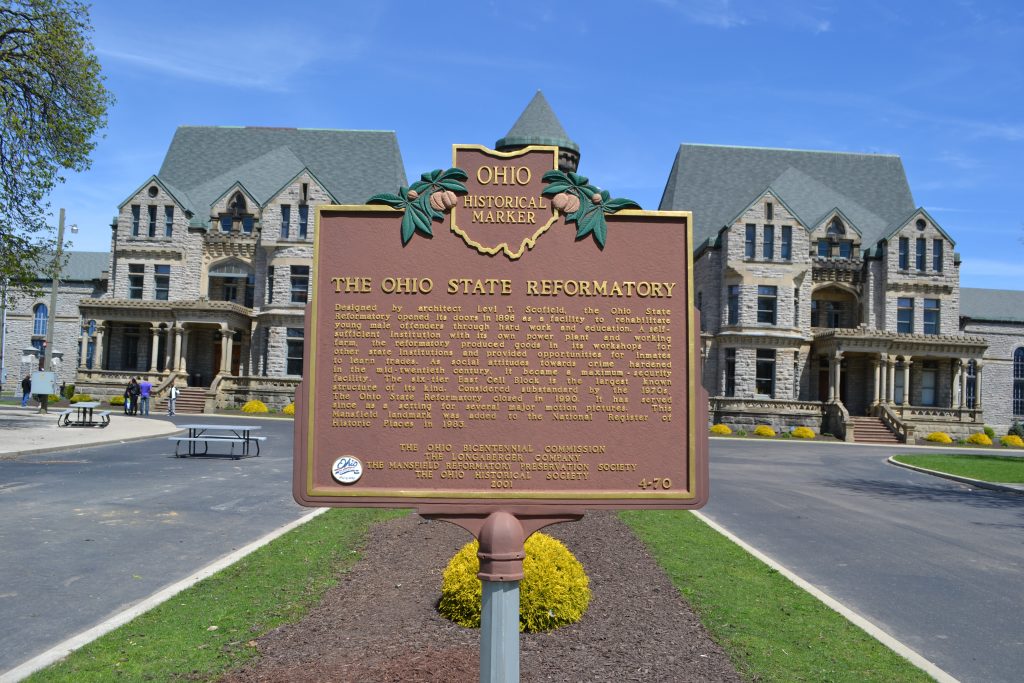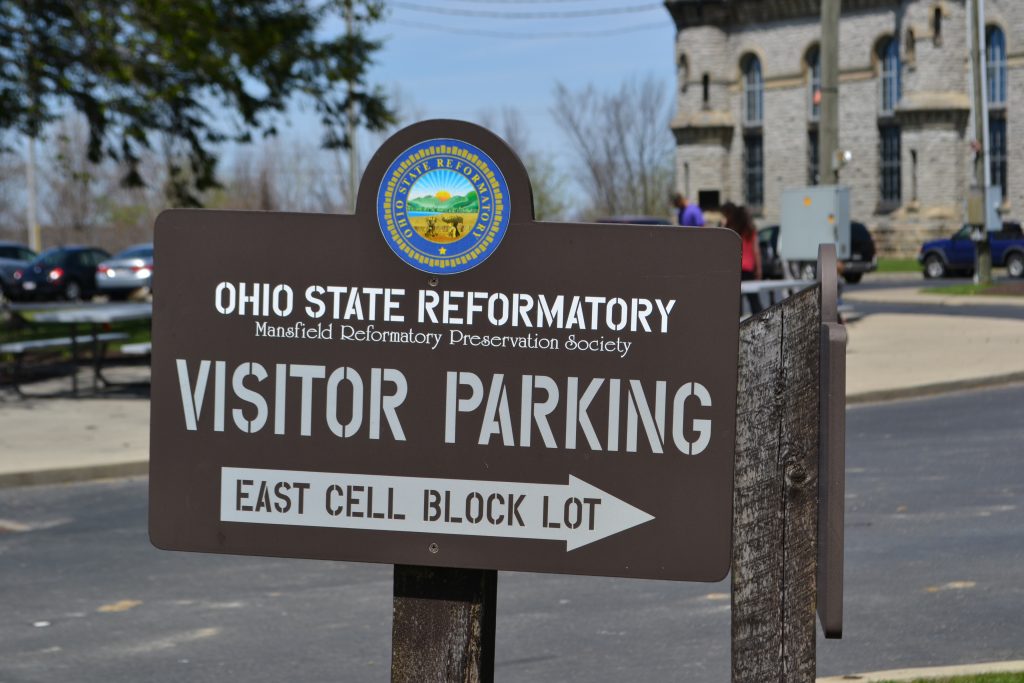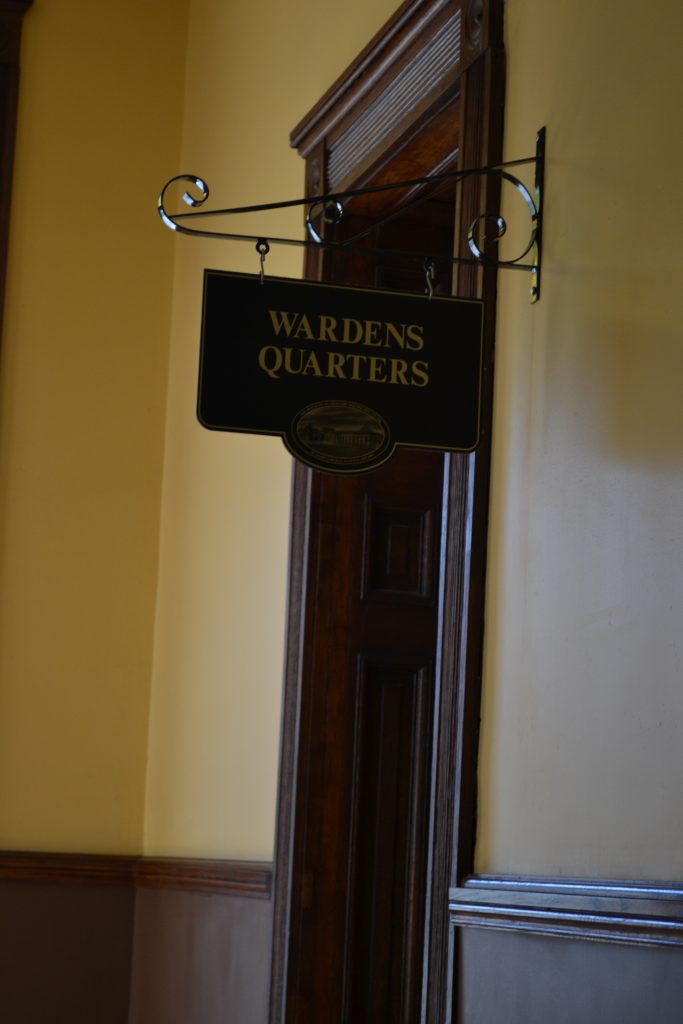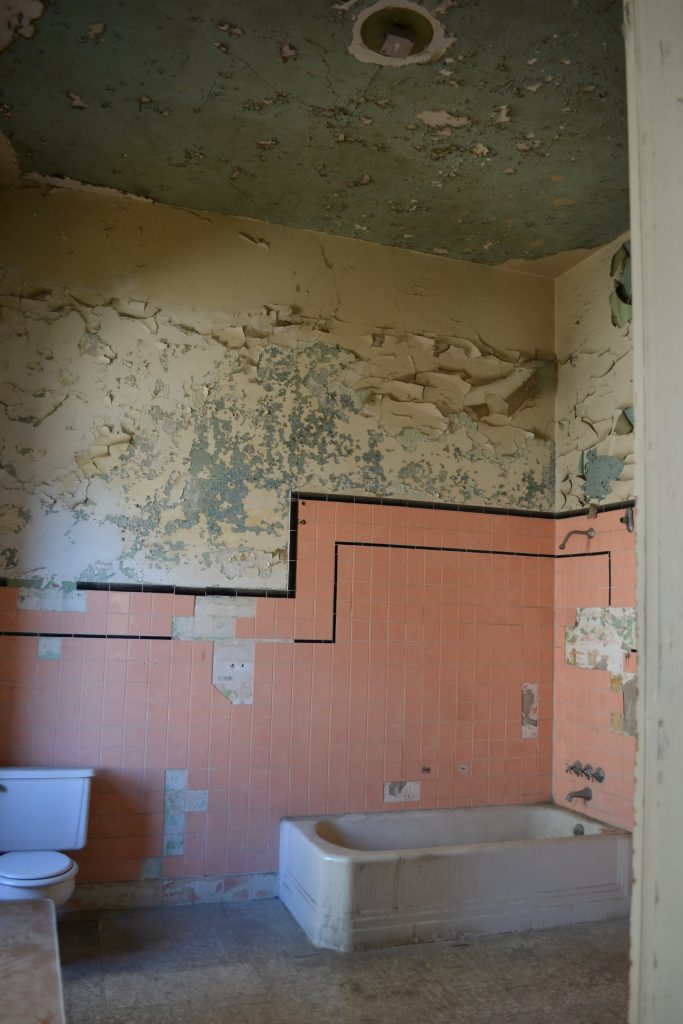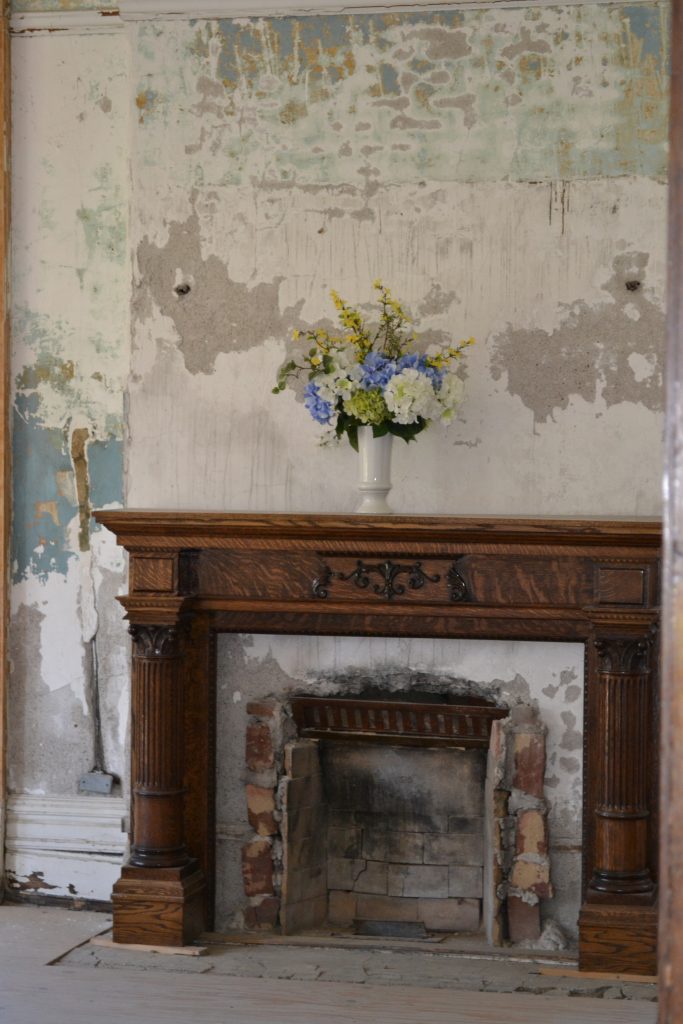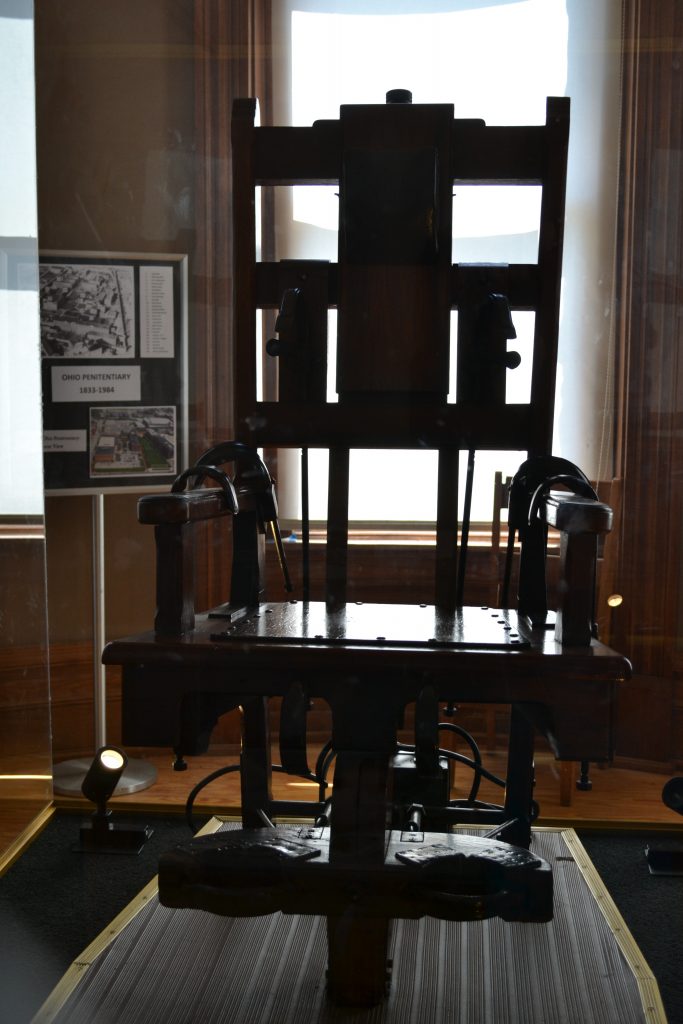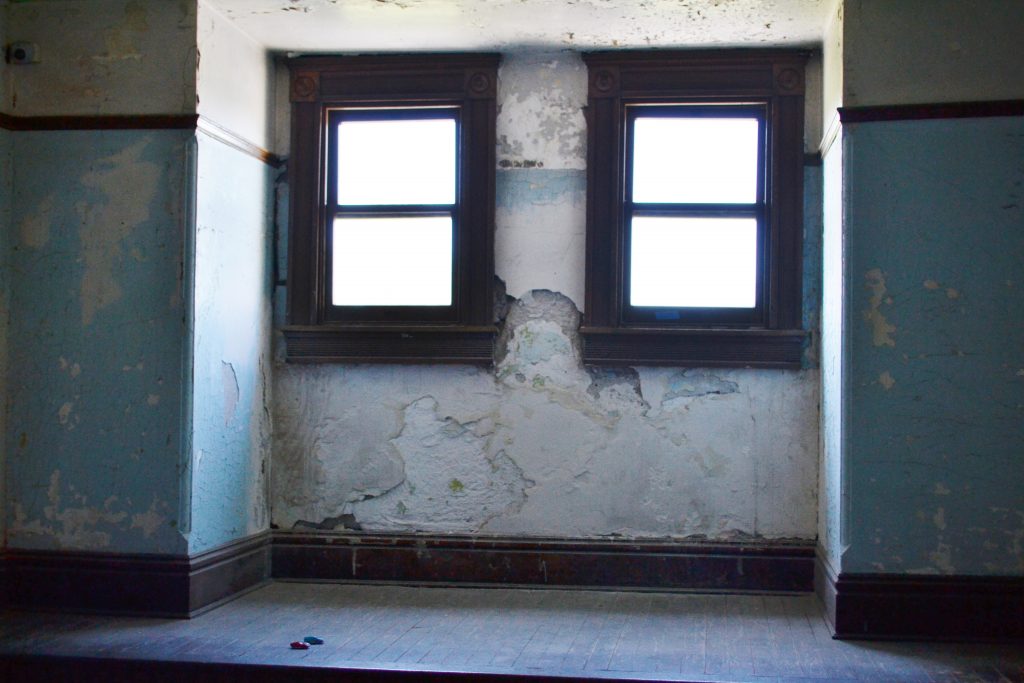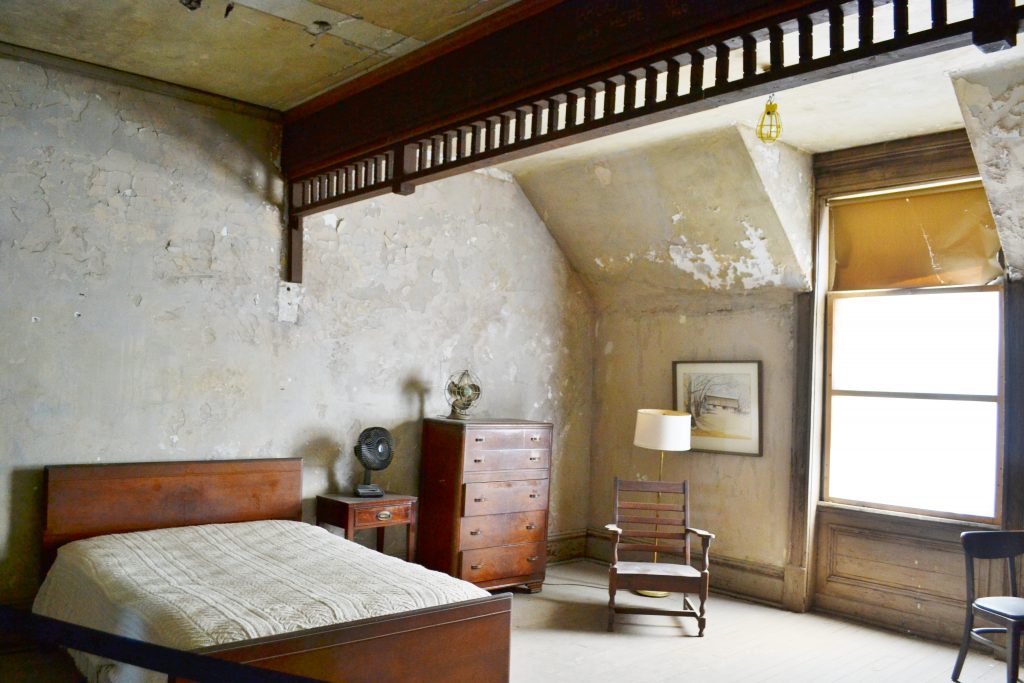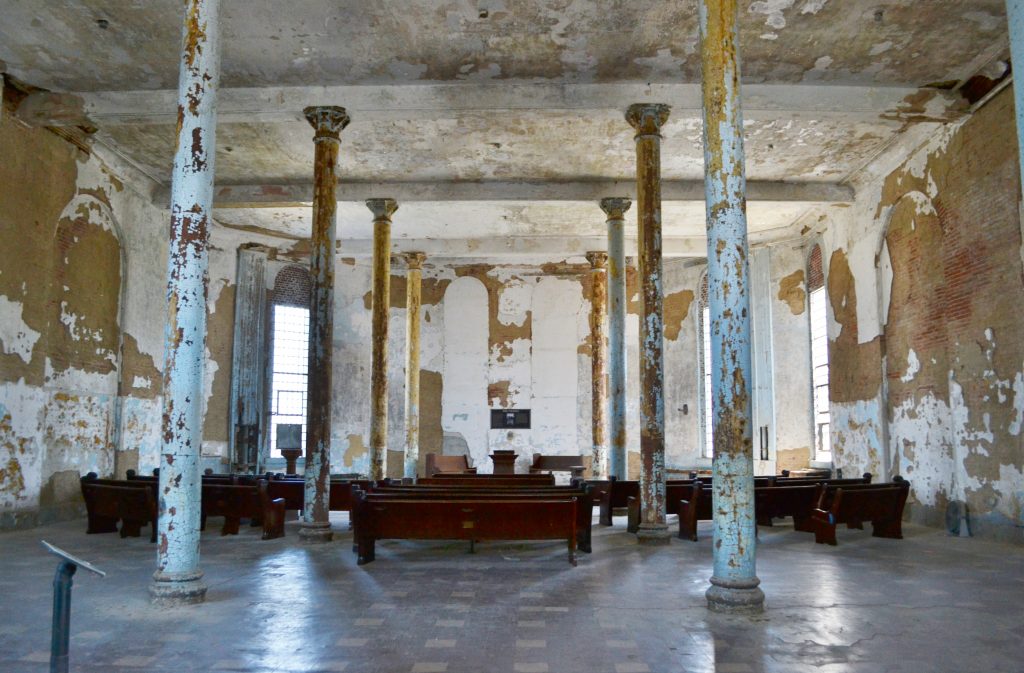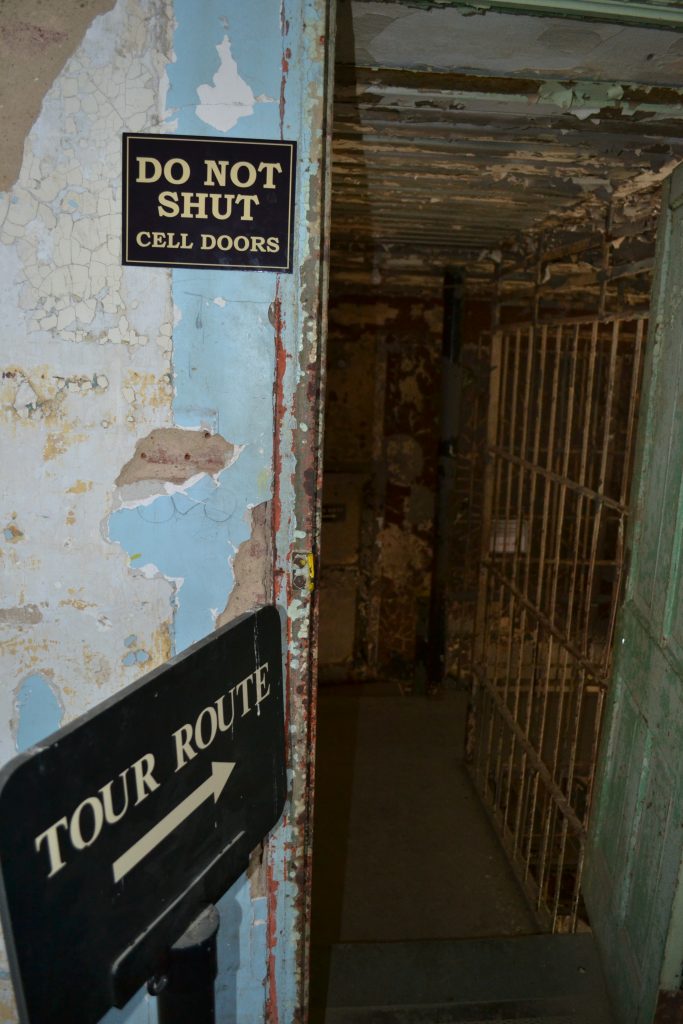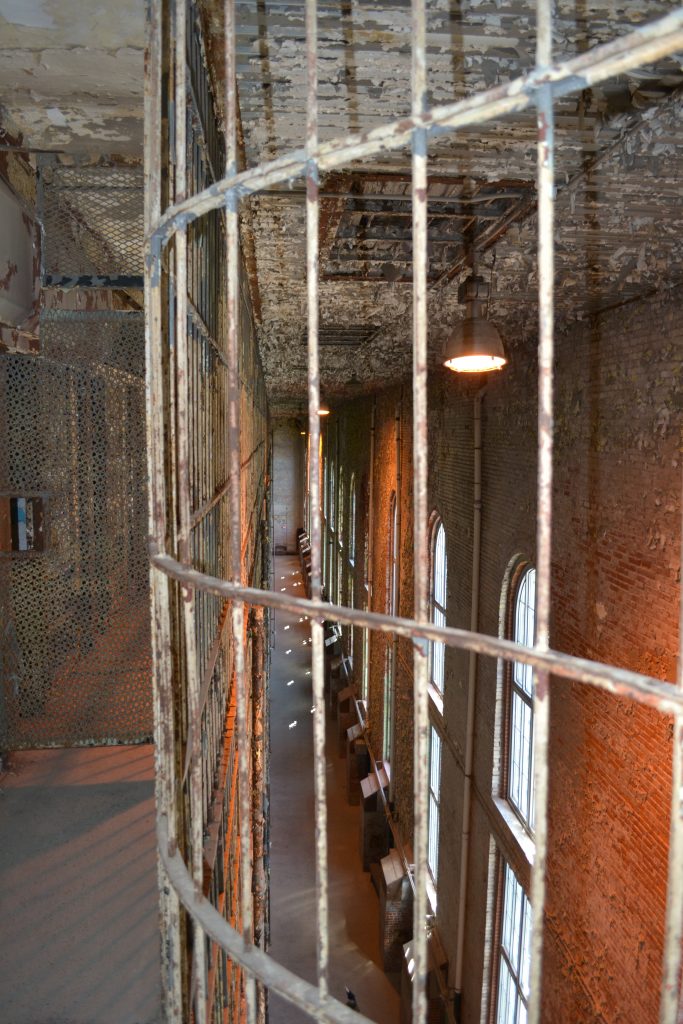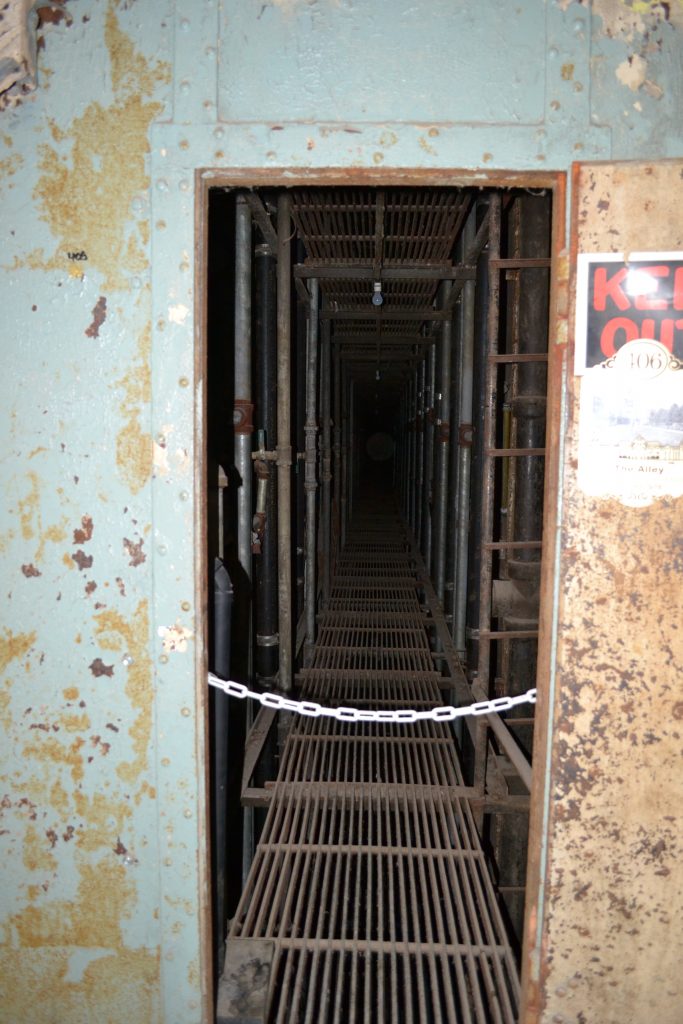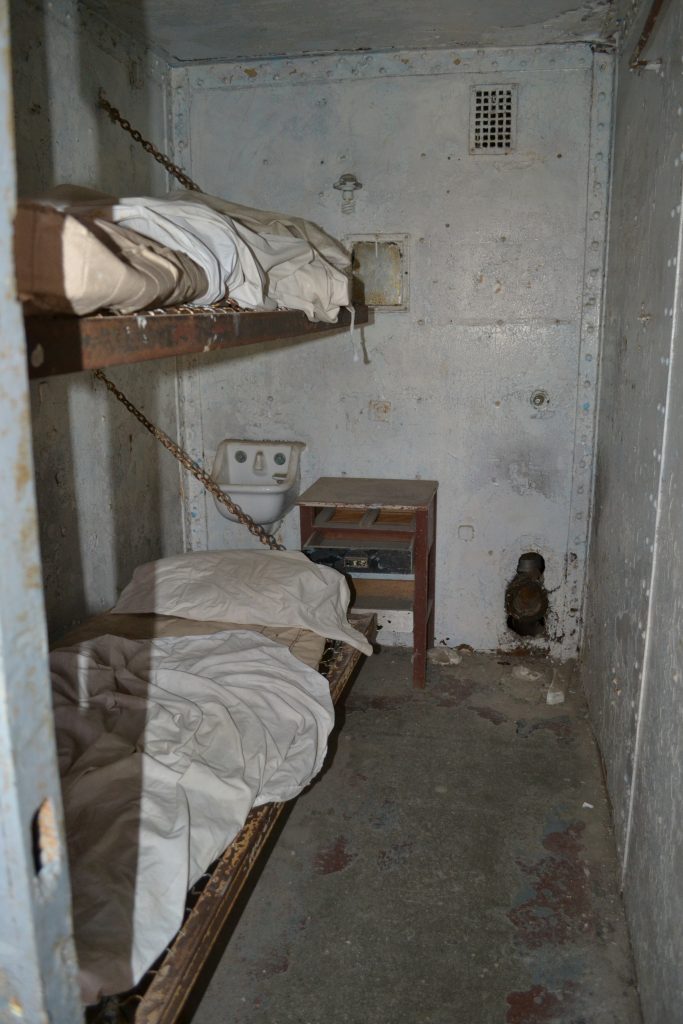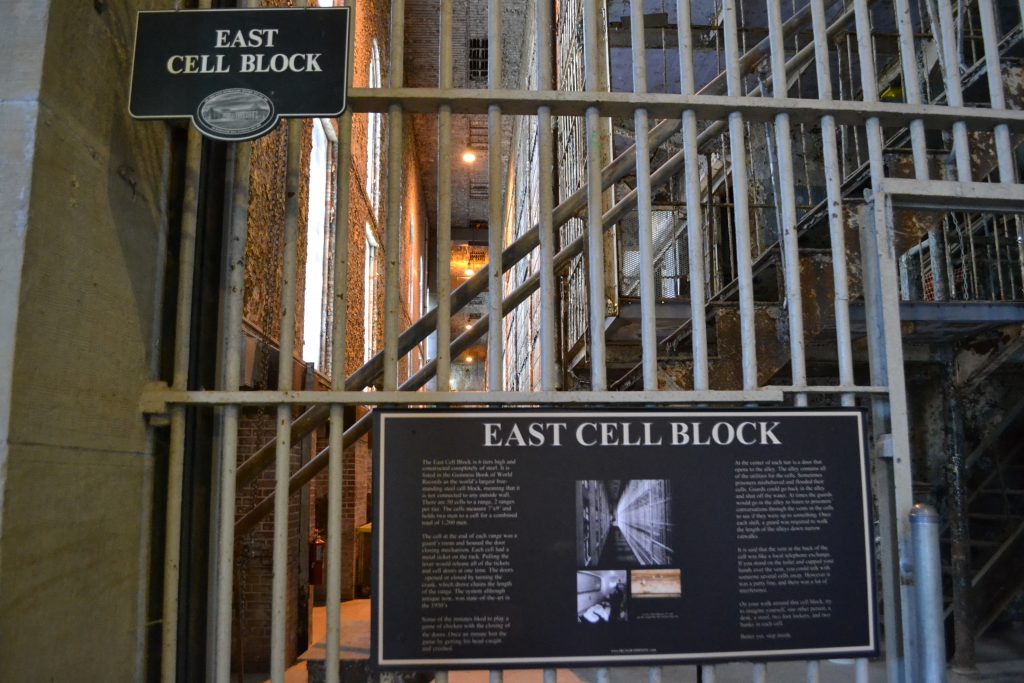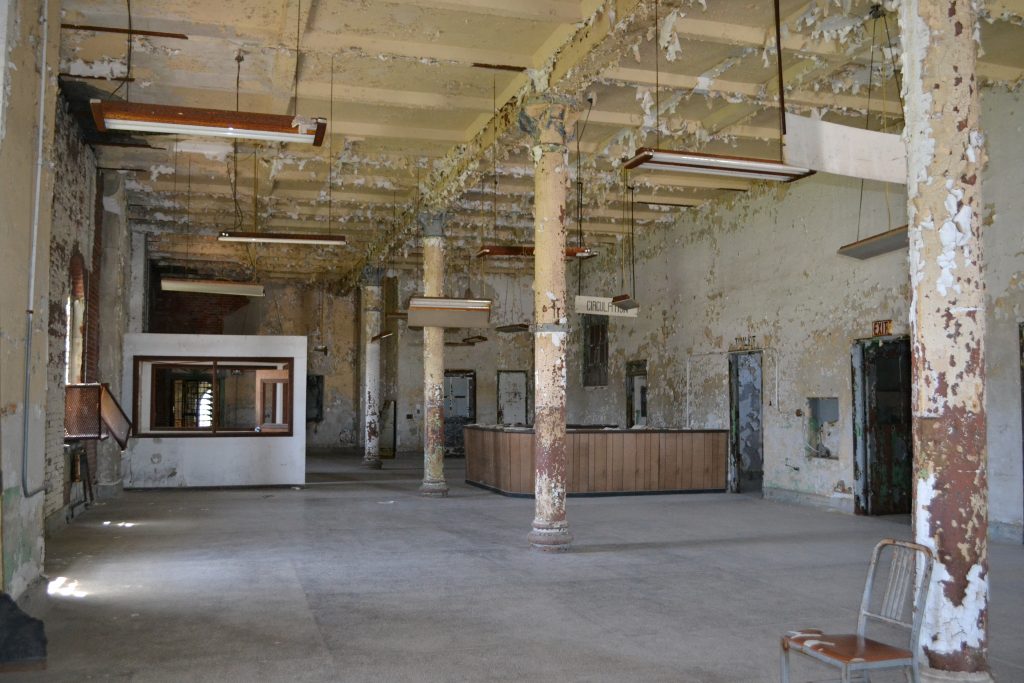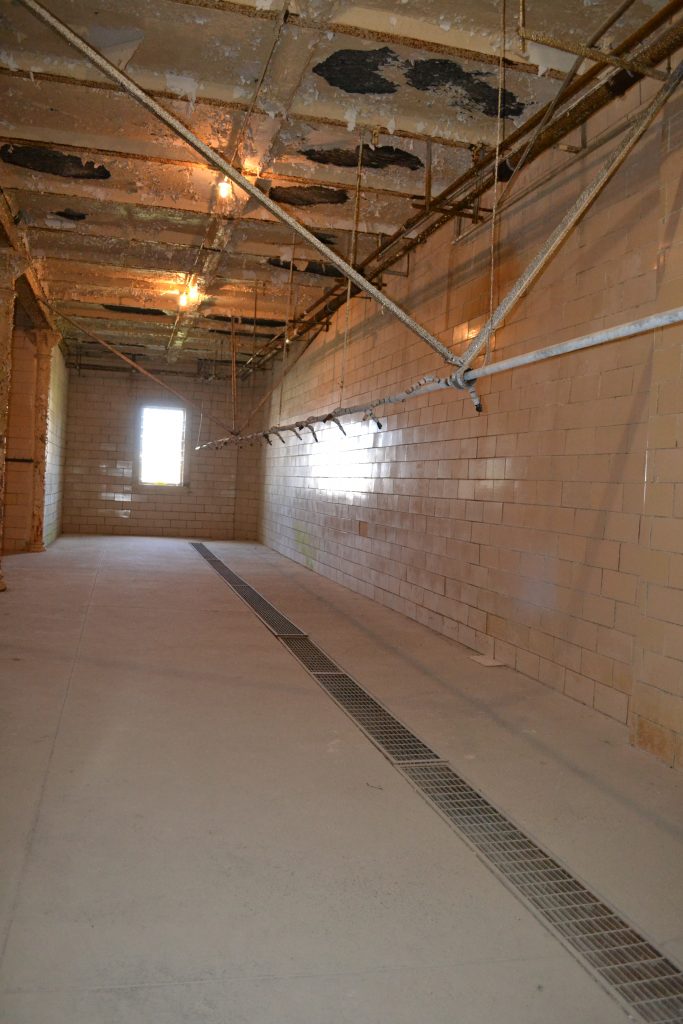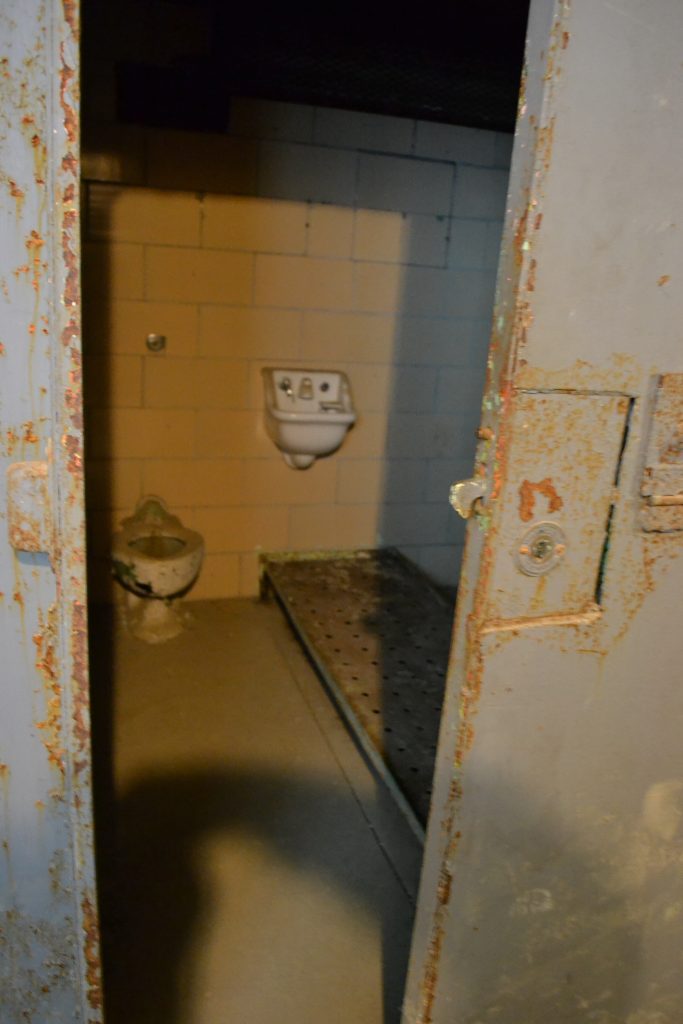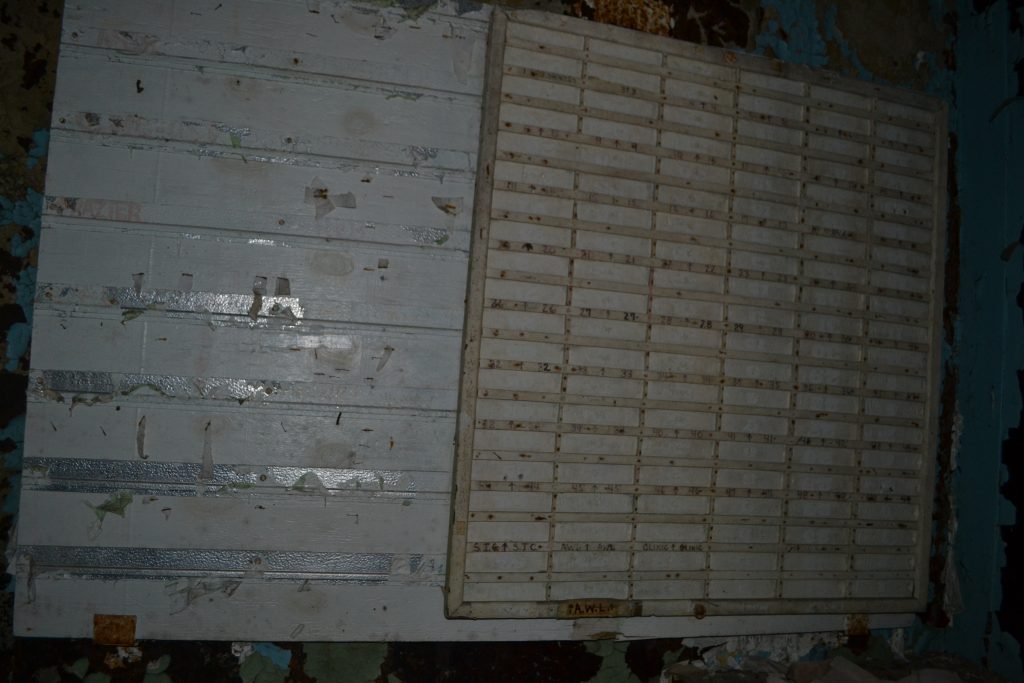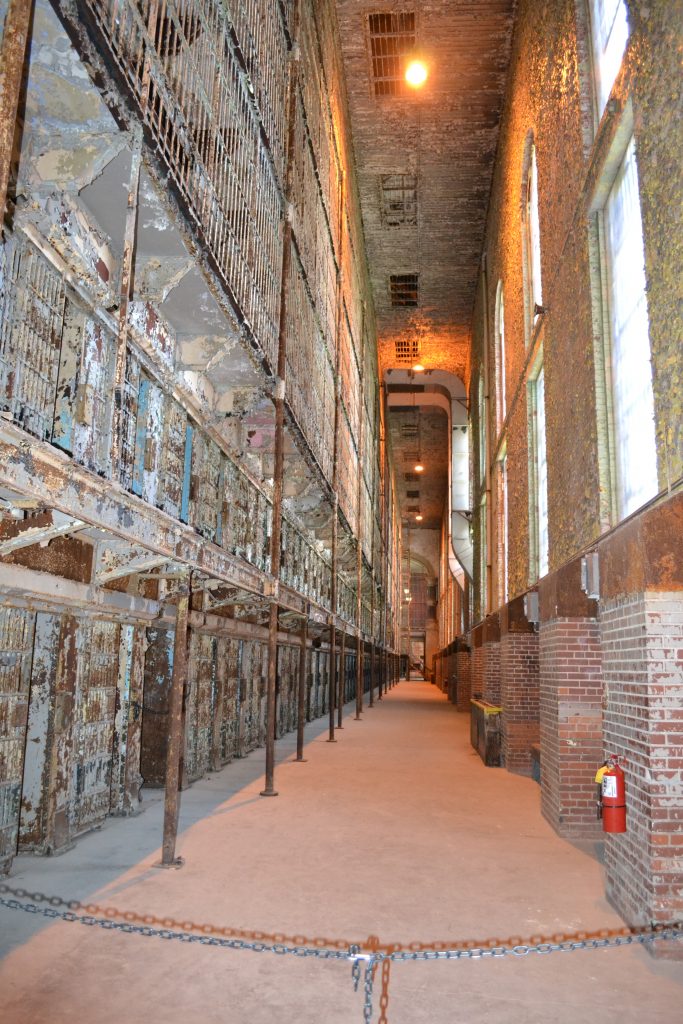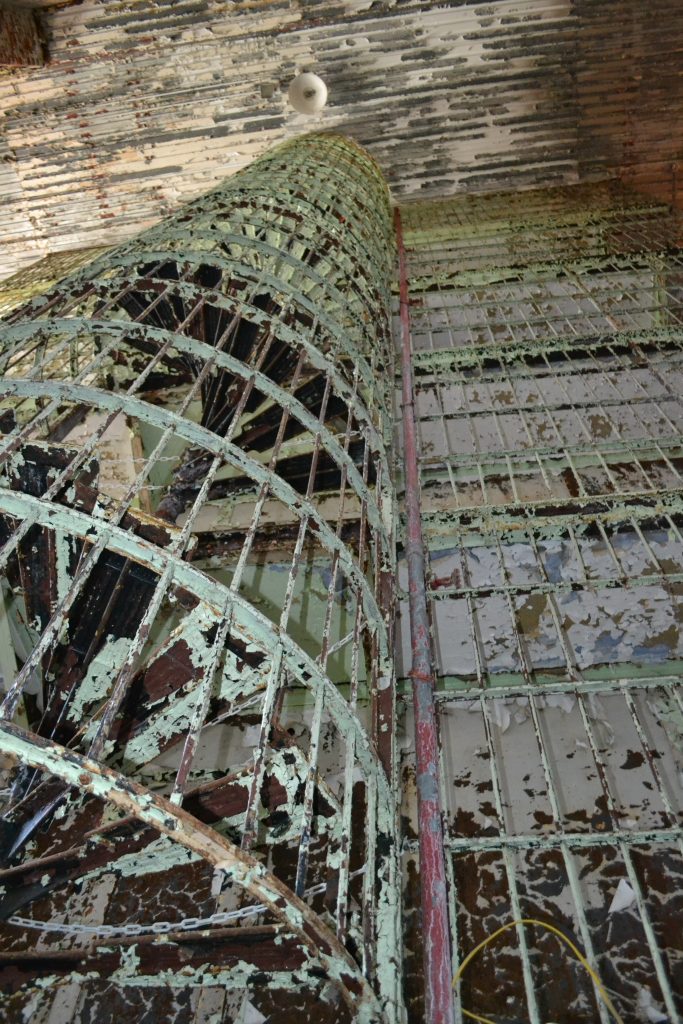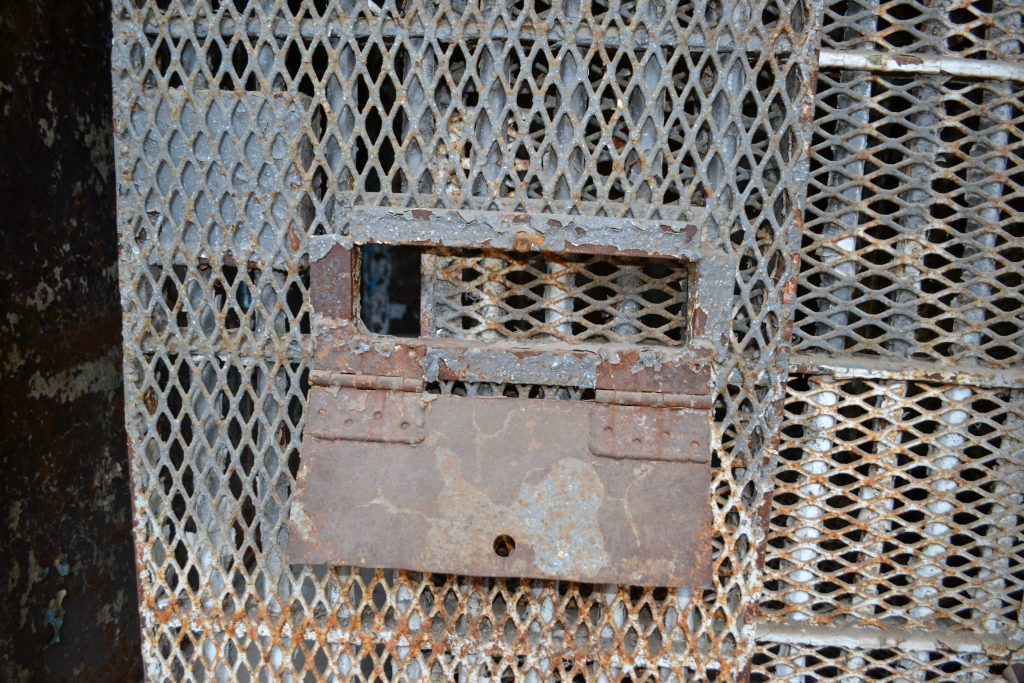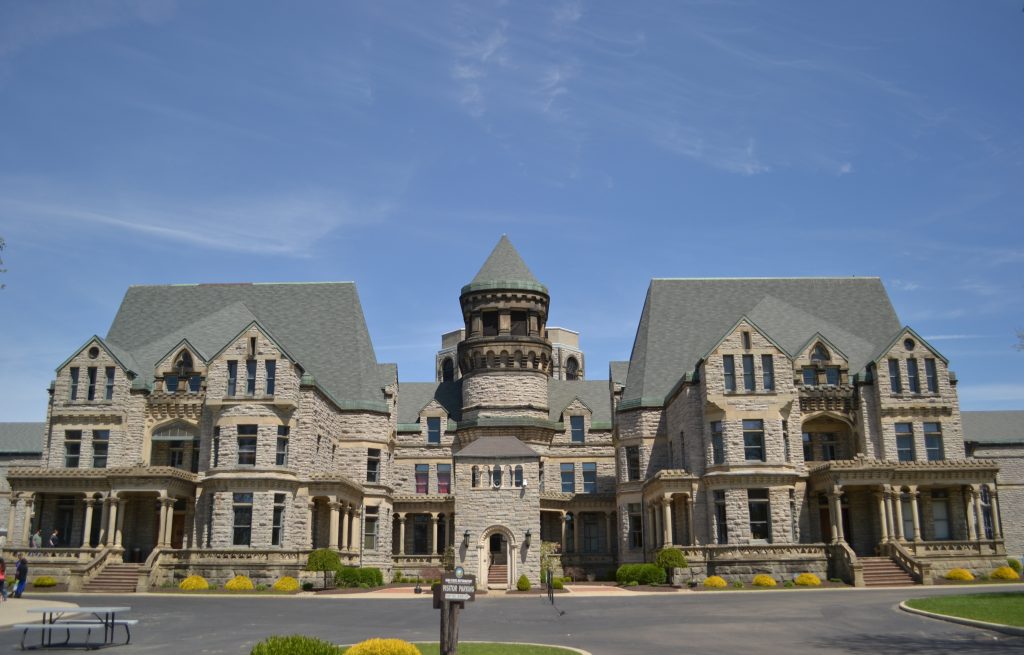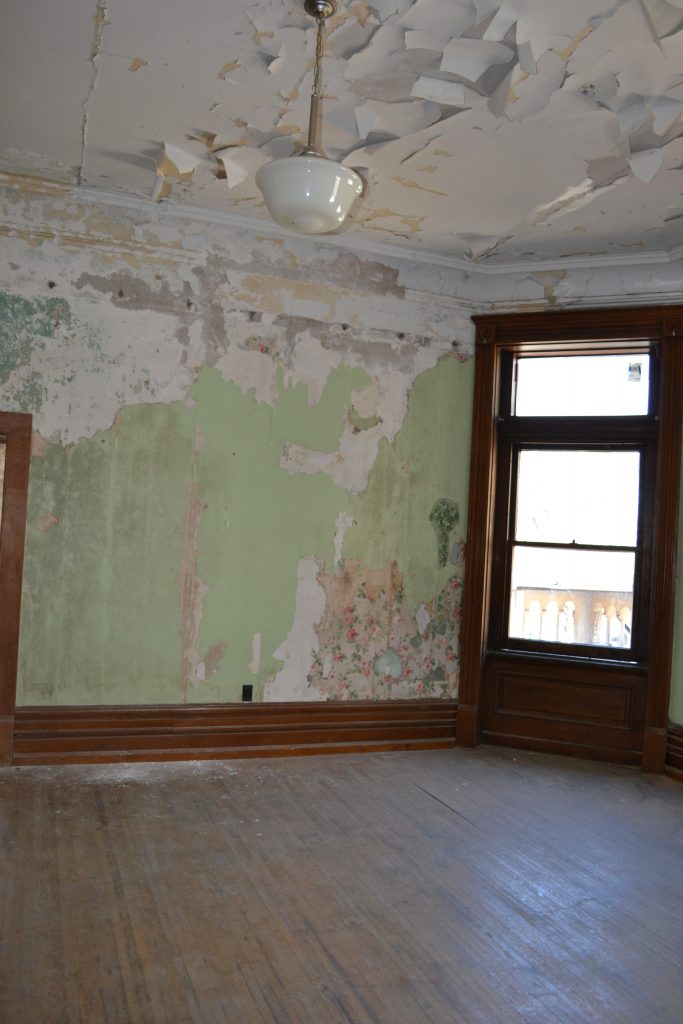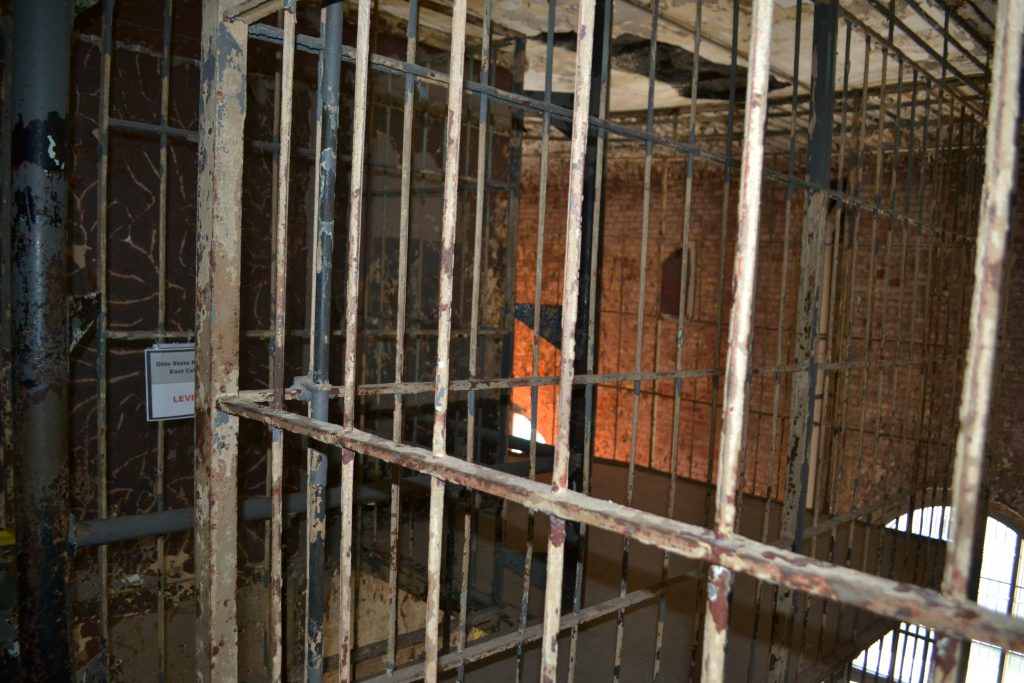“When a man is tired of London, he is tired of life; for there is in London all that life can afford.” – Samuel Johnson
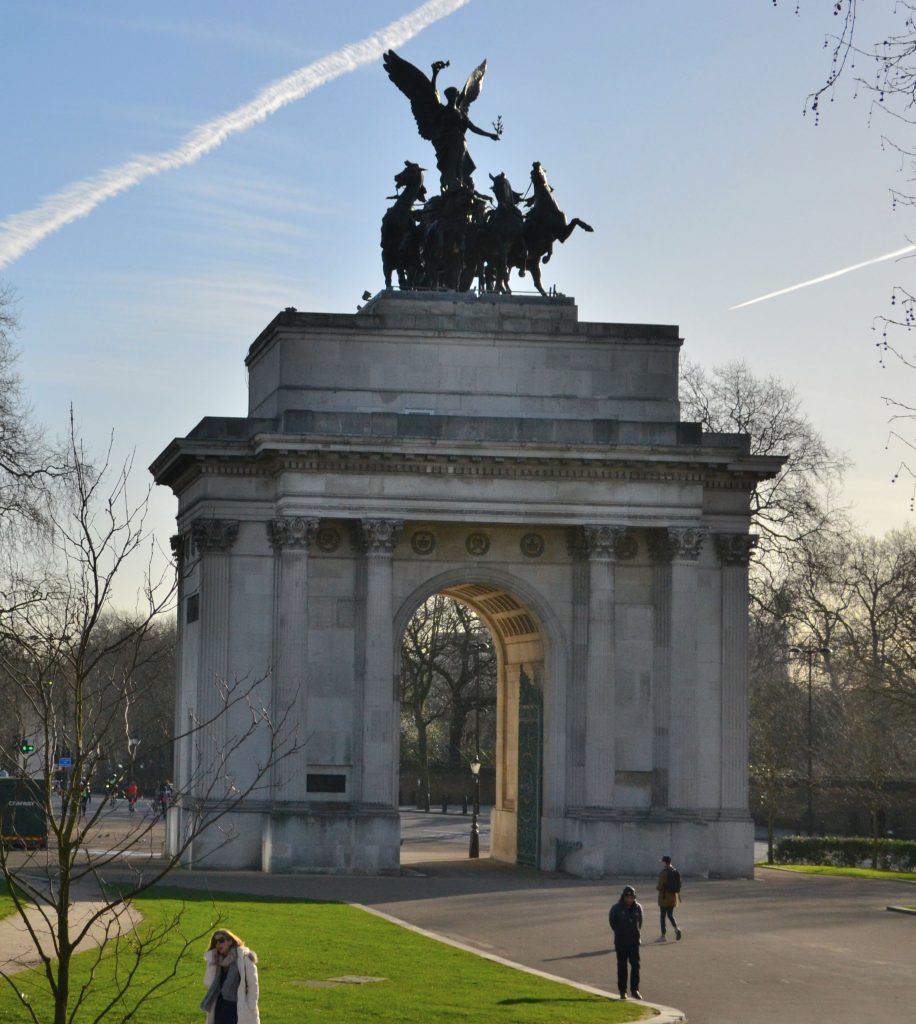
Wellington Arch
The sky was overcast and the Hop On/Hop Off bus was scheduled to arrive at the stop in about ten minutes. I would have hardly noticed the young guy in his mid-twenties, except that I could hear the heavy metal music coming through his ear buds. Dressed for the cold weather, he wore black boots, dark skinny jeans and a NorthFace Bubble jacket to match. We were the only two waiting at the stop when the double decker pulled up to the curb.
I boarded the bus, selected a map and headset, taking the stairs to the upper floor. I felt the hipster close on my heels and noticed plenty of bucket seats available as I reached the top of the staircase. Finding the perfect row with an unobstructed view, I prepared myself for the ride, adjusting my headset in preparation for the self-guided tour. As the bus pulled away from the pavement near Trafalgar Square, I heard the mystery man’s voice welcome us aboard the bus, introducing himself as our tour guide, Bobby.
Passing by Hyde Park, Bobby explained that this beautiful piece of land was once the property of Westminster Abbey. Stocked with wild boar, deer and bull, King Henry the VIII acquired the land and converted it into his private hunting ground in 1536.
Several landmarks within Hyde Park are worth a visit, including the Wellington Arch. This beautiful monument was commissioned by King George IV in the 1820s and is located at Hyde Park Corner. Visitors can reach the first floor of the arch to learn more about its history and proceed to the fourth level for spectacular views of London’s skyline.
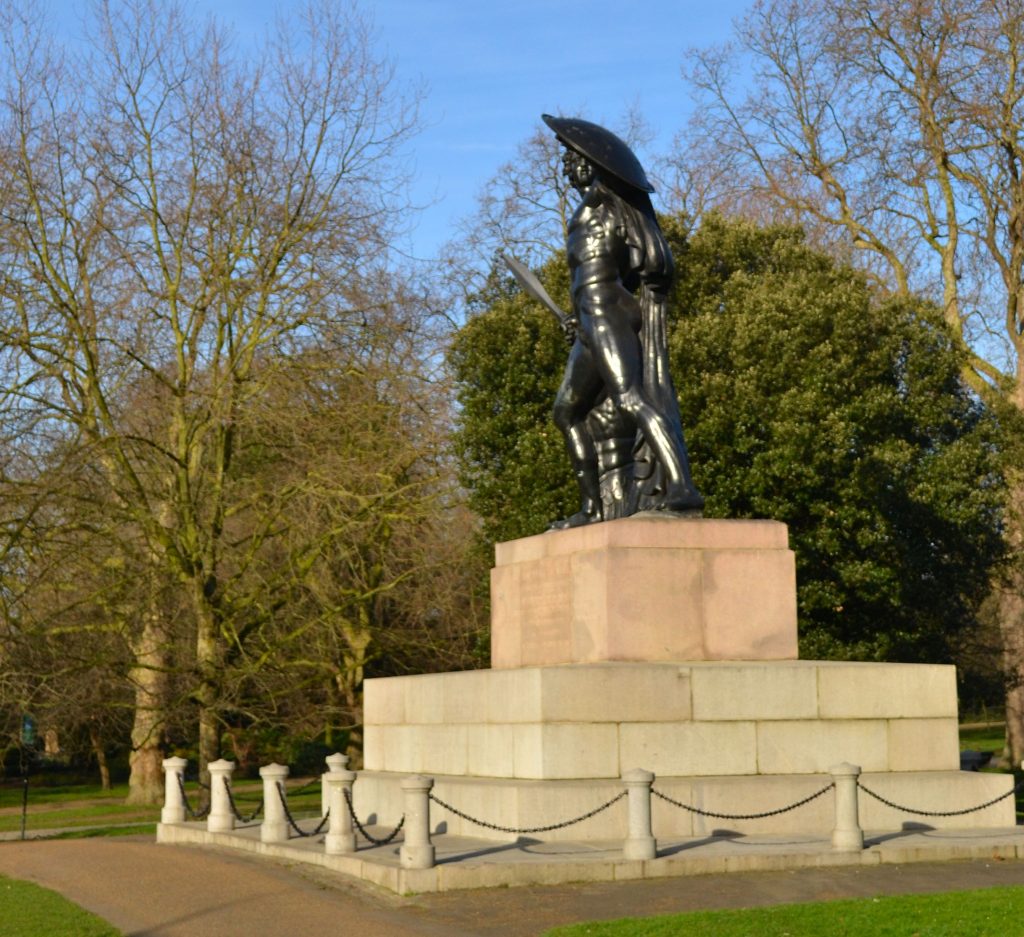
Statue of Achilles at The Royal Park’s Hyde Park
Stretching from Westminster to Kensington, Hyde Park was opened to the public by King Charles I in the early 1600s. Over the years, the lineage of royal families had made many updates and improvements, including a lighted byway, an artificial lake, several statues and a memorial fountain to the late Princess Diana.
The Achilles statue was the first to be erected in Hyde Park in 1822. Commissioned by the Ladies of England, an upper class society in London, its purpose was to commemorate the first Duke of Wellington, Arthur Wellesley. Reaching a height of eighteen feet, the monument caused quite a controversy when the nude statue was unveiled. With such a reaction, the fig leaf was added shortly after the bronze was installed.
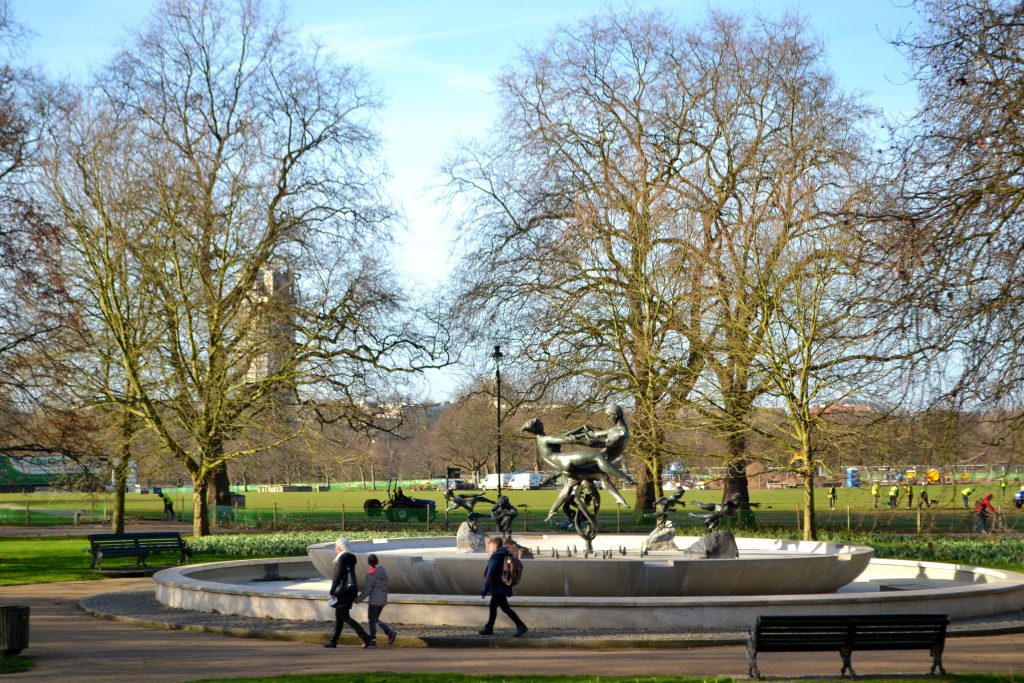
Children rode bikes along the paved path while maintenance workers took advantage of the beautiful weather for a bit of yard work. Pedestrians, bundled up in warm coats with mittens and hats explored the afternoon away from the city, enjoying the fountains, monuments and the colors of early spring.
Hyde Park seemed to stretch for miles as we passed the Joy of Life fountain. In the 1860s, this area, known as Park Lane, was once a Victorian sunken garden, a popular site for locals and guests. Our guide explained that the beautiful bronze Huxley-Jones water feature dates back to 1963, replacing the previous Boy and Dolphin Fountain. The whimsical fount of children playing in the pool sits amidst 60,000 daffodils that bloom in the beauty of springtime.

Within minutes, the bus reached a gorgeous, gated entrance which could only be described as befitting of British royalty. In the distance, the Victoria Memorial stood guard to the entrance of Buckingham Palace and its surrounding gardens. The memorial, made of marble and gilt bronze, was built to commemorate the rule of Queen Victoria. The statuesque monument was designed by Thomas Brock and was unveiled to the public in 1909.
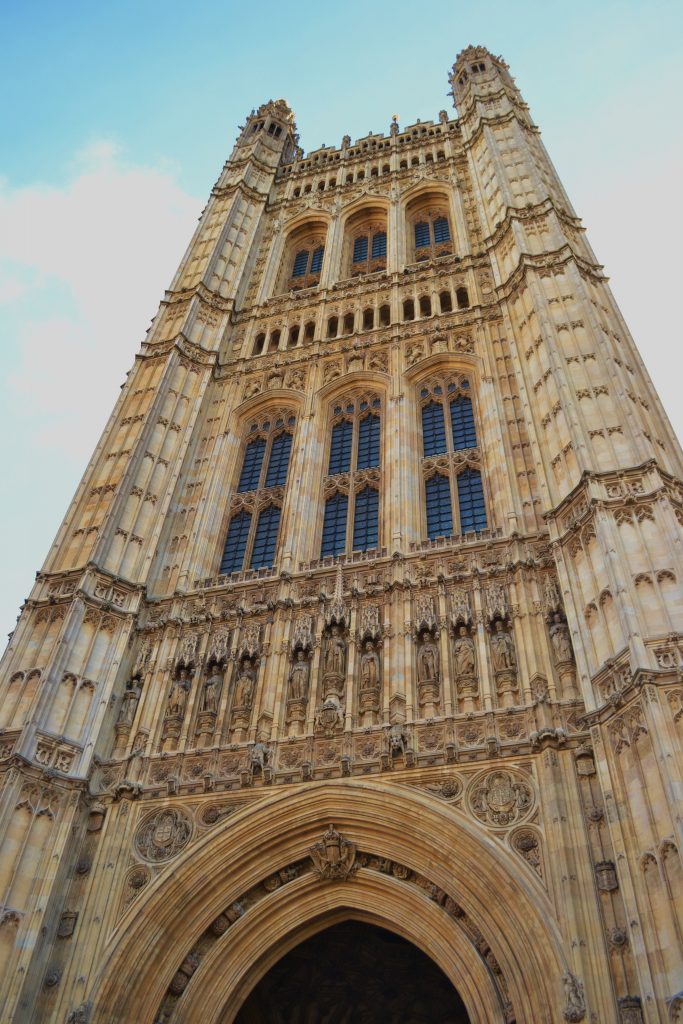
Our tour continued passing the Palace of Westminster before crossing the bridge towards the northern part of the city. The sun was struggling to shine through the cloudy sky, but the cold temperatures continued to rise on this brisk, blustery day, providing much needed warmth for the double decker bus.
The Palace of Westminster dominated the banks of the River Thames and has been the governmental seat of Houses of Parliament (the Lords and the Commons) for over 500 years. The large, gorgeous neo-Gothic structure was once the home of the royal family until a fire in 1834 forced the family to move their home to nearby Whitehall Palace. Westminster Hall and Jewel Tower, dating back to 1097, are what remain of the original palace after the fire.
There is no doubt that Big Ben is the superstar of the Houses of Parliament. Located at the north end of the grand structure, the famous bell resides in the clock tower standing 316 feet tall. While the five bells of the Westminster Chimes strike every fifteen minutes, Big Ben continues its loyal keeping of time, tolling upon the hour.
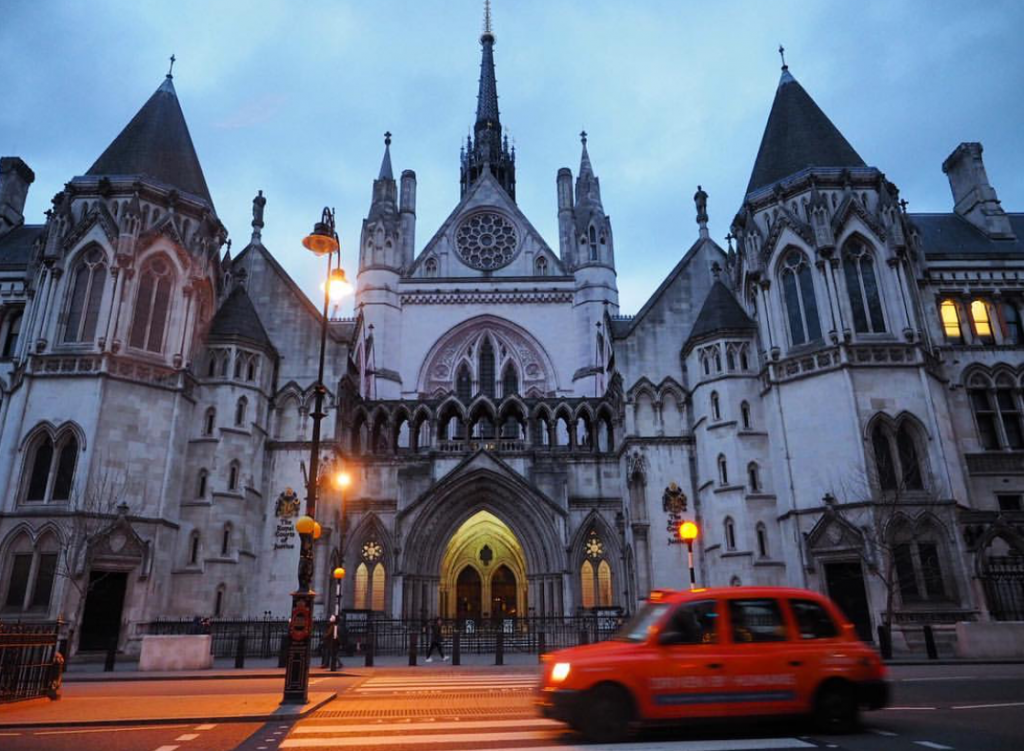
Royal Courts of Justice
Seeming more like a castle or a cathedral, the Royal Courts of Justice reviews civil matters such as divorce, civil liabilities and libel. Built in the late 1880’s, the sprawling, Victorian Gothic contains one thousand rooms. Standing at the center of this magnificent architectural masterpiece, I admired the spires, rounded turrets and stained glass rosette, attempting to count the number of windows, both great and small. The public are permitted to enter the courtrooms to observe the civil hearings, while criminal cases are decided at the Old Bailey, a short walk east of the Royal Courts.
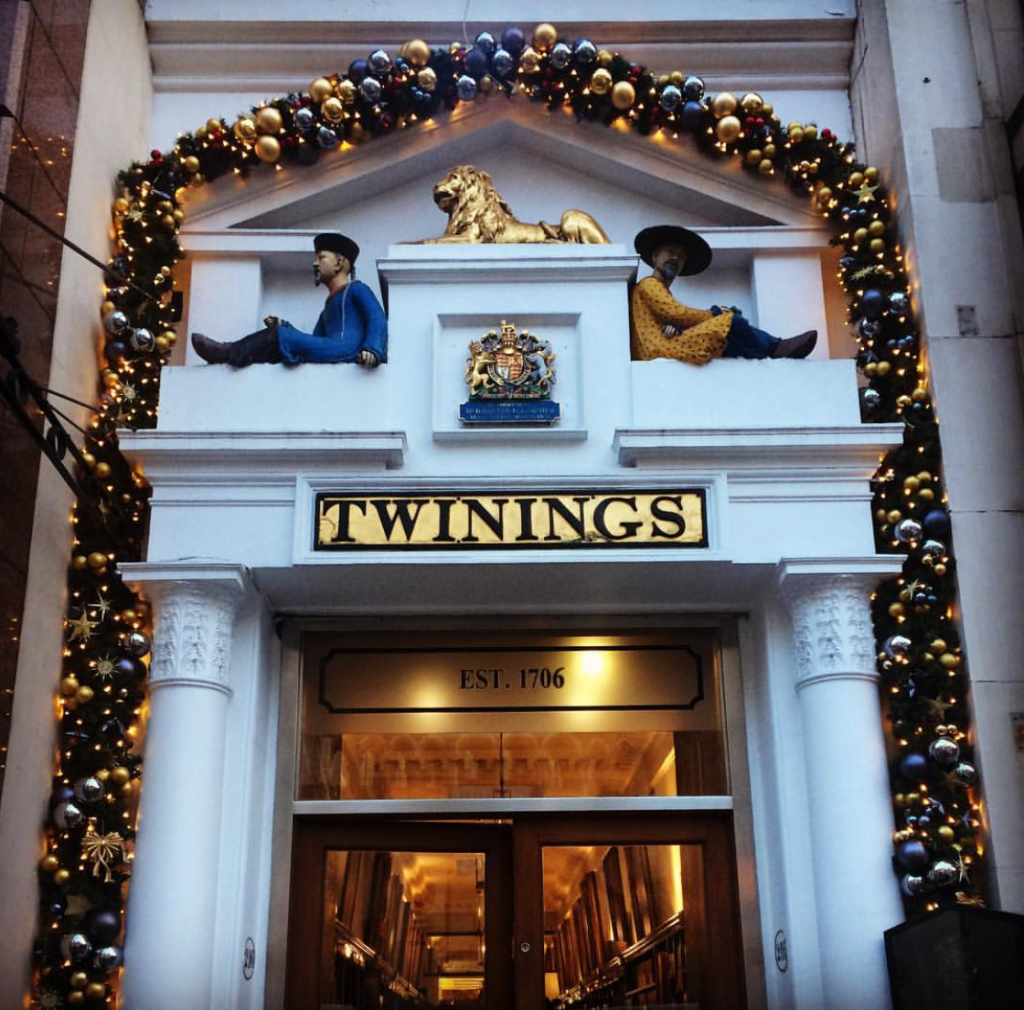
I have fond memories as a child watching my great grandmother enjoy a cup of Twinings tea. Sarah Hodgson came to the United States from Manchester, England aboard the Caronia in 1921. I enjoyed hearing about her life as a child and loved sharing in her afternoon tea rituals. I was able to hop off at the nearby stop for a visit to Twinings on Strand. It was a memorable experience and an homage to my great grandmother.
The cheery entrance into the Twinings store on Strand reminded me of Christmas with its colorful bulbs flanking the simple, white Romanesque columns on each side. Gorgeous mahogany doors were an added element of elegance to the store made famous for selling some of the best teas in the world. Twinings dates back to 1706 when it was first called the Golden Lion and a long list of poets, writers and artists have graced through its doors.
The overwhelming, sensational scent of tea drew me in and I was captivated by the store’s regal interior. A stunning variety of teas were displayed upon the dark wooded shelves such as Breakfast Blend, Chamomile and the famous Earl Grey tea. I left Twinings with a few souvenirs and a memory I would cherish for a lifetime.
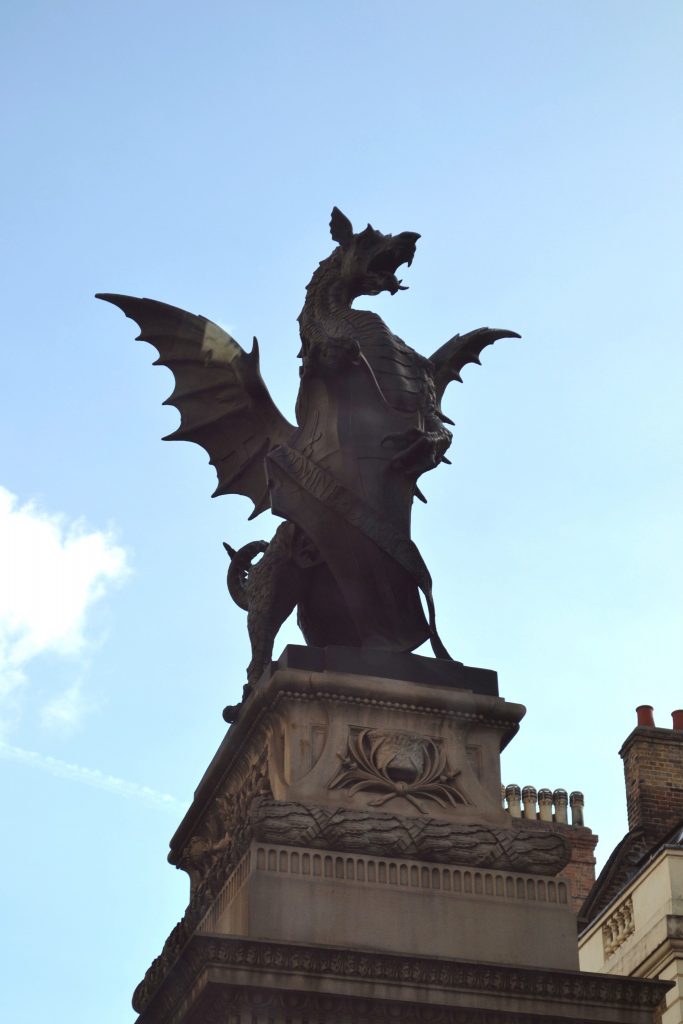
Fleet Street Sculpture
With shopping bags in tow, I came across this most spectacular, sinister dragon, standing upright on Fleet Street. Lurking between the divide of the City of London and Westminster, this Temple Bar Memorial dates back to 1880, replacing the former archway that was designed by architect Christopher Wren.
Many playwrights, publishers and authors began their careers here on Fleet Street after the city’s first printing press was introduced in the late 15th century. With the increase of publishing, large newspapers set up shop here until the late 1980s, when many of them closed and relocated outside of the city proper.
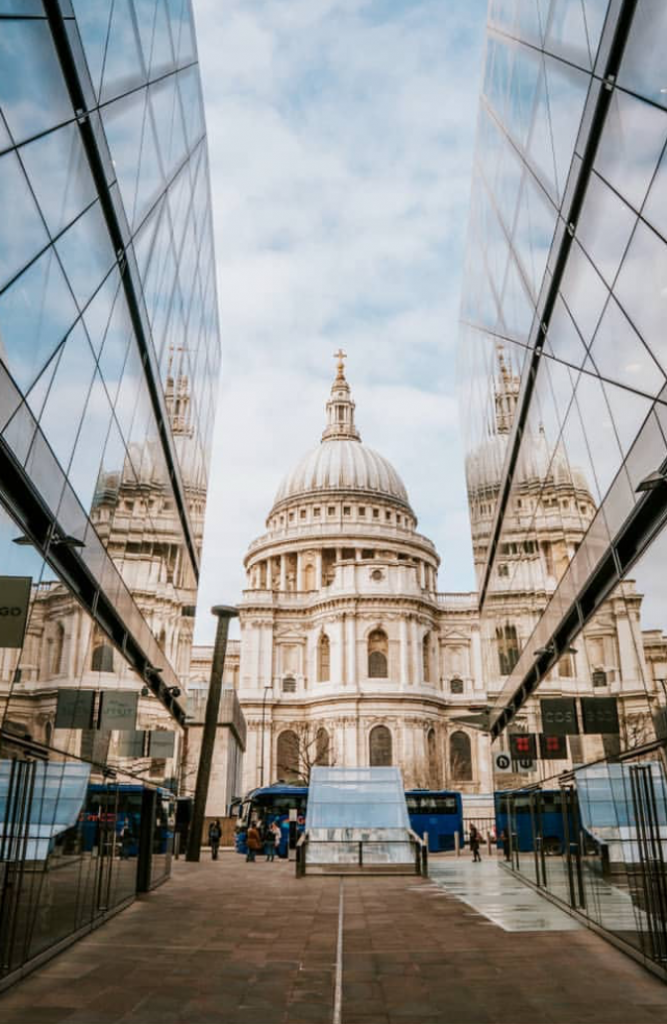
St. Paul’s Cathedral
St. Paul’s Cathedral was my first glimpse of London when, as a young girl, I awoke early to watch the televised wedding ceremony of Prince Charles and Lady Diana Spencer. I remember the train of Lady Diana’s gorgeous gown as she slowly walked down the aisle to recite her marriage vows. Not only was it the wedding of the century, Americans were introduced to the British monarchy, architecture and the belief that fairytales can come true.
The original St. Paul’s Cathedral dates back to 604 AD, but it is Christopher Wren’s English baroque architectural masterpiece built after the Great Fire of London that draws thousands of visitors each year. St. Paul’s impressive triple-built dome is one of the largest in the world, second only to that of St. Peter’s in Rome.
I couldn’t wait to enter St. Paul’s Cathedral and looked forward to the scenic view from its dome. With a total of 528 stairs to reach the top, I was happy to learn that there were three galleries to explore along the way. Within minutes, I had miraculously reached the halfway mark of my journey looking down at the parquet flooring and circular starburst from the Whispering Gallery. With the power of acoustics, even a whisper is said to carry from one side of the dome to the other.
A shorter trek of stairs leads to a platform on the dome’s exterior for a view of the city referred to as the Stone Gallery, but it’s the tight, winding black staircase that reaches an additional outdoor viewing arena with spectacular 365 degree views of the city of London. Referred to as the Golden Gallery, this is the highest point of the dome reaching 365 feet in height.
The wind begins to pick up making it the perfect time to exit the viewing area and make the descent back down to the nave. A group of schoolchildren are gathered under the dome, so I slip out of the exit and wait for the next Hop On/Hop Off bus to transport me back to the north side of the Thames.
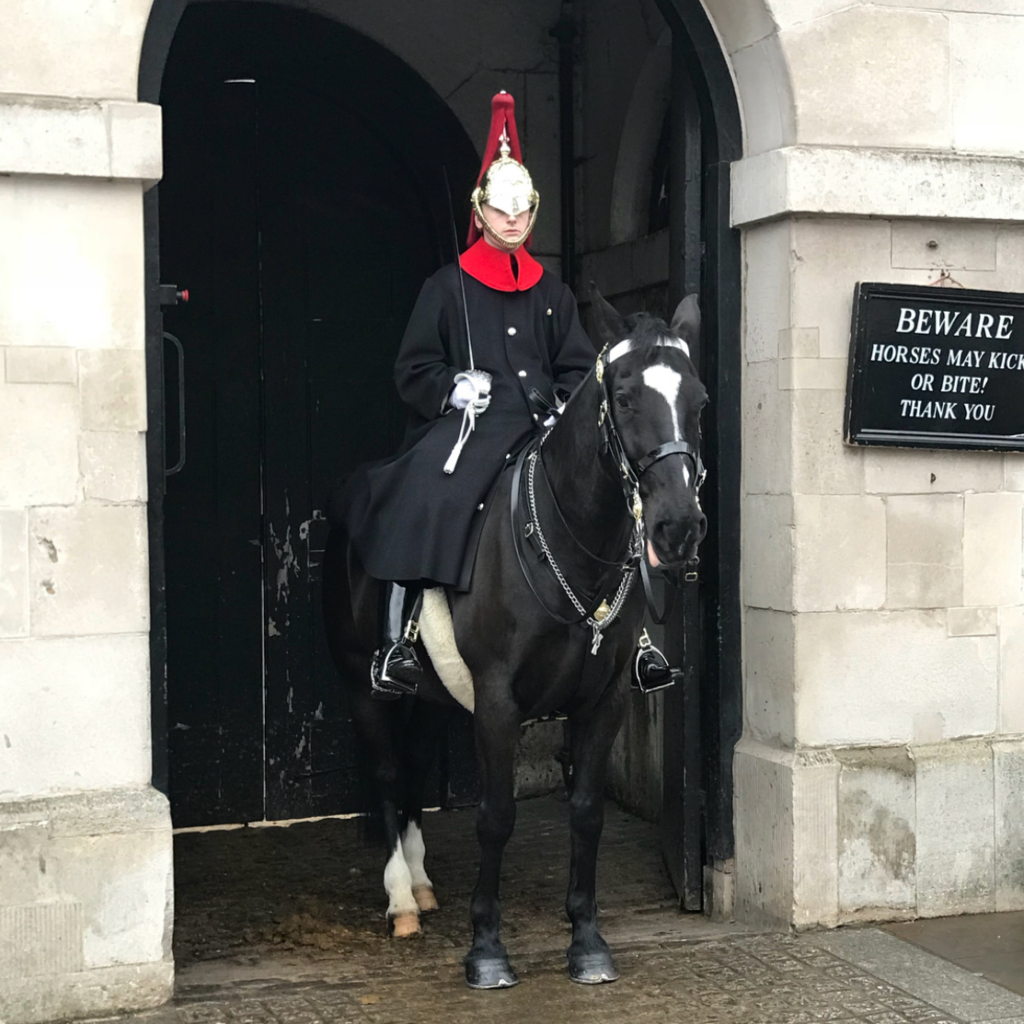
I was surprised at how quickly the red double decker bus arrived on Whitehead Street. Earlier that morning I had referenced Rick Steve’s City Walk of Westminster before the Horse Guards had arrived at their post. The horses stand on each side of the arch which leads to the Household Cavalry of the Queen. I had strolled through the courtyard prior to the Changing of the Guard Ceremony at 11 AM, deciding instead to complete the walk and tour London on the Hop On/Hop Off bus. I was determined to wake early the next morning for the ceremony in all of its pomp and circumstance as the bus arrived to the stop where I first hopped on.
What is your favorite way to explore London? Walking or by bus? I would love to hear about your London favorites and recommendations for places to stay, eat and visit if you would kindly leave a message in the comments section below. I have provided the contact information for the British sites I explored on my bus ride. Many thanks for reading about my beautiful day of touring London and wishing you many Happy Travels!
What to See and What to Do:
Hyde Park
London W2 ZUH, UK
Buckingham Palace
Westminster, London, SW1A 1AA UK
Phone: +44 303 123 7300
- Admission Fee (Royal Day Out): £45.00 for adults (17 – 59); £24.50 for children ages 6 -16; children five and under are free; Seniors (60+) are £40.00
- Hours: Open July to September: Open from 9:30AM to 5:15PM
- Amenities: Access to 19 State Rooms, special exhibits, multimedia guide in nine languages; walkthrough of the gardens, royal stables and carriages, local guides
- Scenic View: Beautiful gardens and gorgeous staterooms
- Length of Visit: 5 hours
- Tips for Your Visit: Wear comfortable shoes for walking. According to the site, re-admission is free for a year should you treat your ticket as a donation.
Palace of Westminster
Westminster, London, SW1A 0AA UK
Phone: + 44 20 7219 3000
- Admission (Houses of Parliament Audio Tour): £18.50 for adults (17 – 59); £7
- Hours: Open Wednesday to Friday between December 21 to January 4, 2019 and every Saturday until May 25, 2019
- Amenities: Audio tour in 9 languages; access to the Commons Chamber and the Lords Chamber, following footsteps of the Queen at the State Opening and visit Westminster Hall which is over 1000 years old.
- Length of Visit: 1 – 1.5 hours
- Tips for Your Visit: Wear comfortable shoes for walking.
Royal Courts of Justice
Strand, London, WC2A 2LL, UK
Excursion booked through Strawberry Tours:
- Admission Fee: £12
- Hours: 9AM to 4PM
- Length of Visit: 2 hours
- Tips for Your Visit: The Royal Courts of Justice only deal with civil issues. Additional attractions inside and outside of the court include the Bear Gardens, the Painted Room, the Crypt, the Great Hall, and the sculpture/costume room. Visitors are only permitted to sit in the final two rows of the court room. Dress conservatively and avoid wearing jeans, t-shirts or any revealing clothing, You must bow your head to the judge when both entering and leaving the court room. Do not enter any rooms marked as “In Camera,” “In Private,” or any other rooms with clouded-out windows.
Twinings
216 Strand, London, WC2R 1AP, UK
Phone: +44 207 353 3511
St. Paul’s Cathedral
St. Paul’s Churchyard, London, EC4M 8AD, UK
Phone: +44 20 7246 8350
- Admission Fee: £18.00 for adults (19 – 59); £8 for children ages 6 -17; children five and under are free; Seniors (60+) are £16.00
- Hours: Open Monday to Saturday from 8:30AM to 4:30PM, last admission at 4 for sightseeing and 4:15 for the galleries;
- Amenities: multimedia guides and guided tours; dome accessibility
- Scenic View: Amazing views from the gallery and the dome
- Length of Visit: 2 hours
- Tips for Your Visit: Wear comfortable shoes for walking, especially if you enter the dome; photography is limited and not permitted inside of the Cathedral.
Horse Guards
Whitehall, London, SW1A 2AX, UK
Where to Stay:
The Clarence
53 Whitehall
London, SW1A 2HP, UK
Telephone: +44 20 7930 4808
Where to Eat:
Boyd’s Grill & Wine Bar
8 Northumberland Avenue
London, WC2N 5BY, UK
Telephone: + 44 20 7808 3344
The restaurant is absolutely gorgeous and I started out with the Heritage Tomato Salad of buffalo mozzarella, tomato powder and basil oil. For my entree, I could not pass up the Beer Battered Fish with triple cooked chips, crushed peas and tartar sauce. Malt vinegar was provided at the table.
What to Eat:
- Fish and Chips – fried fish and French fries
- Sunday Roast with Yorkshire Pudding – usually eaten from noon to five on Sundays
- Full English Breakfast – includes eggs, sausages, potatoes, mushrooms, blood pudding, tomatoes and toast
- Pie and Mash – typically a simple steak and kidney pie or pork pies, this is a classic British comfort food served with mashed potatoes and gravy
- Bangers and Mash – which is sausage served with mashed potatoes and gravy
- Cockles – a small type of clam
- Eton Mess – a dessert made of merengue, cream and strawberries
- Sticky Toffee Pudding – a moist sponge cake baked with dates or raisins and smothered in toffee sauce served with custard or ice cream
- Afternoon tea – with teacakes, scones, jam and clotted cream as well as champagne and tea
- Beef Wellington – filet steak covered with pate and wrapped in puff pastry
Where to Drink:
Eclipse Bar
158 Old Brompton Road
South Kensington, London, SW5 0BA England
Telephone: +44 20 7259 2577
What to Read:
- The Light Over London, by Julia Kelly
- London: The Biography, by Peter Ackroyd
- The Five, by Hallie Rubenhold
- London: A Travel Guide Through Time, by Dr. Matthew Green
- The Diaries of Samuel Pepys
Photo Guide to London:
- Inside the Natural History Museum
- Oxford Street and Regent Street – lovely street photos
- Neal’s Yard – colorful surroundings
- Notting Hill and Ladbroke Square- upscale architecture
- Portobello Street and Hillgate Place – pastel colored flats
- Leadenhall Market
- Peggy Porschen Cakes
- Coppa Club
- Churchill Arms Pub
- Tower Bridge
- St. Paul’s Cathedral
- Millennium Bridge
Disclosure: Please refer to our blog disclaimer tab for more information.
